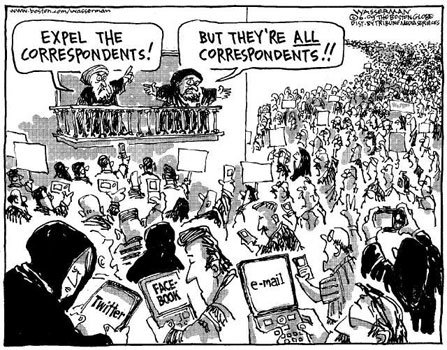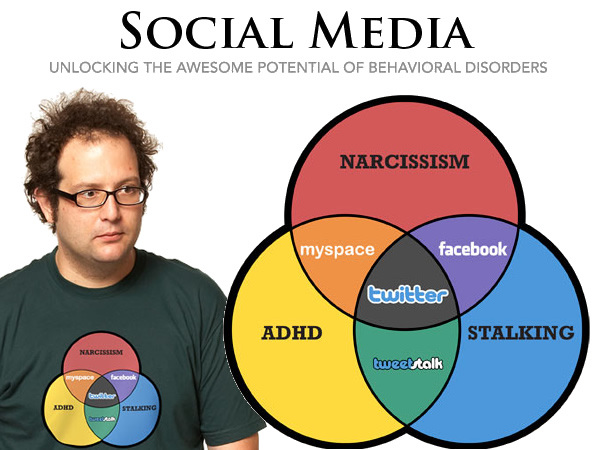
Come on, Delta, understanding social media isn't hard -- the Golden Rule is that the community comes first

 The image pretty much speaks for itself. This is from a T shirt brought to us from the folks at despair.com. If we can’t laugh at ourselves, at whom can we laugh? Poke around the rest of their Website if you like to look at humorous take-offs on those cheesy corporate motivational posters. I know I do.
The image pretty much speaks for itself. This is from a T shirt brought to us from the folks at despair.com. If we can’t laugh at ourselves, at whom can we laugh? Poke around the rest of their Website if you like to look at humorous take-offs on those cheesy corporate motivational posters. I know I do.